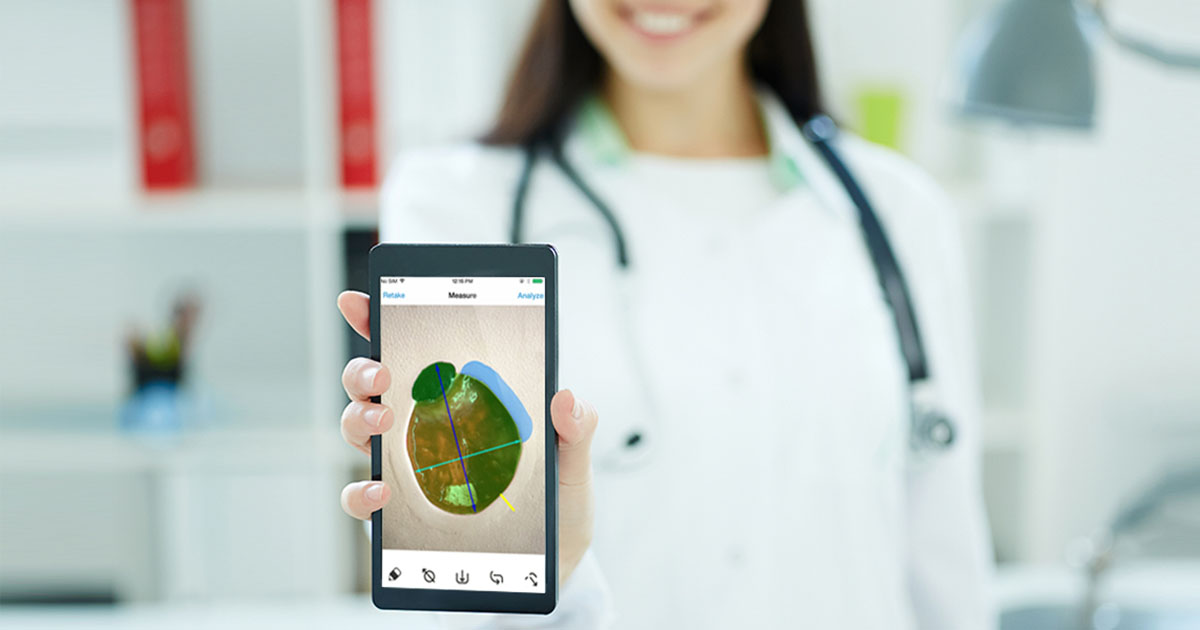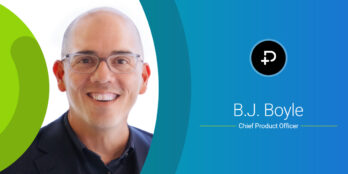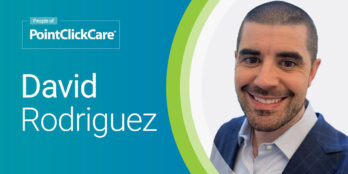
3 Most Common Myths of Wound Photography
 2 min
2 min
Technology has fundamentally shifted how we are able to interact with and treat residents. For example, one of the areas we are seeing the benefits of technology in senior care is through the use of photography in the care and treatment of wounds. With it, there are significant and undeniable clinical benefits to be gained by integrating digital photography and planimetry. This technology provides enhanced accuracy in the measurement of wound surface area, improved coordination of care providers, and better tracking and communication of ongoing care and wound progression – it sounds like a win-win, right?
Well, not everyone is so easily convinced. Many believe there are significant drawbacks to using this technology. There are several perceived risks most commonly associated with the use of a photography-based solution for wound care – we’d like to bust three of the most common myths of wound photography:
1.Wound photography will result in adverse litigation outcomes
As the use of mobile digital photography becomes ubiquitous, wound images may already form part of the clinical record or the litigation evidentiary record. Accurate, detailed, and consistent photographic records of a wound and its treatment actually improve care and the record of care, and as a result can reduce claims /liabilities.
2. Wound photography is too difficult and complicated for facility staff to consistently carry out
Actually, using specific operational controls and best practices, facilities can simplify and standardize wound photography so that it is consistently high-quality, reliable and auditable.
3. The privacy and security requirements for wound photography are too numerous and complicated
A technologically advanced wound management solution can make compliance with the regulatory requirements for mobile wound photography achievable with minimal change to a provider’s operations.
In the end, the benefits outweigh the myths. The clinical benefits of a technology-driven wound care solution employing digital photography and planimetry to measure wound surface area, track progress, and manage care cannot be overstated. This technology, particularly with its integration to a provider’s EHR, will also result in an accurate, complete, and objectively verifiable record of care to help providers more effectively defend against claims. Employing this technology enables providers to position themselves as leaders in evidence-based care, deliver better care to residents, and improve transparency – the most effective tools to mitigate legal risks and defend claims.
February 7, 2019






